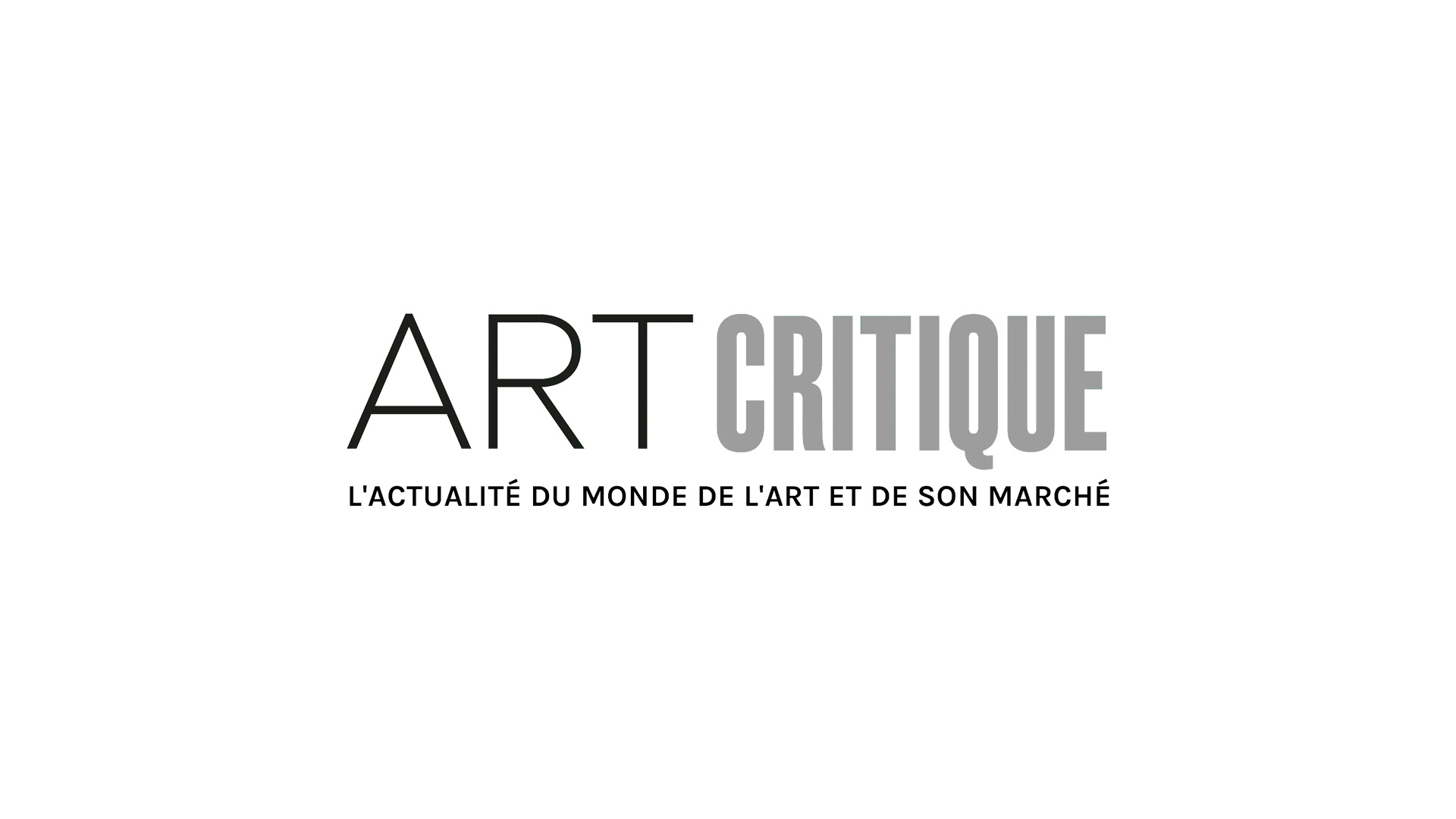Two controversial figures of the twentieth century are put under the spotlight at the prestigious Louis Vuitton Foundation from 3 October 2018 until 14 January 2019. The building’s remarkable Frank Gehry architecture provides an appropriate backdrop, inviting the public to embark on an exciting journey through the arts. By daring to juxtapose two artists who hail from different historical and social backgrounds, the curator Dieter Bucchart and the artistic director of the site have set up an interesting opportunity to explore two important figures of the art world – separated by almost a century – side by side.
Suzanne Pagé, artistic director and art historian working at the Foundation wanted to ‘give a historical perspective to the contemporary’. For the 100th anniversary of Egon Schiele, the exhibition is a retrospective through the intense but short artistic career of this drawing master. After only ten years of success in the early twentieth century, Schiele succumbed to the Spanish flu, which killed millions in the inter-war period. Demonstrating the same intensity in his work and in his life, Basquiat enjoyed a swift rise to success but left the world at the age of just 27 from an overdose, one year younger than Schiele.
If the two artists were defined by the brevity of their lives, they also shared a prolific output, both featuring reflections on the human body. If we compare the two personalities, their work is singular and unique in terms of technique, style, and ideology. However, they have few characteristics in common, both using an unconventional form of art that rebelled against social norms. The Austrian artist endured a difficult childhood living with an insane father affected with syphilis. Throughout his life he was haunted by tormented sexuality, his art often representing naked bodies sometimes thwarted and in suffering. He came from an academic background but turned against his conservative art education by creating controversial nudes. Klimt recognised his talent and took him under his wing. Around 1909, he broke from the highly stylised influence of his tutor and began drawing very expressive lines and angular shapes. The forms and subjects he used disturbed Austrian society and he even served a prison sentence as a punishment for representing naked teenage bodies. If Schiele’s work is not always accepted by the public, it’s because his was a pioneering vision on the reflection of human representation. He represents his preoccupations with people’s bodies by drawing androgynous men, muscular women, scenes depicting masturbation, or even lifeless figures.
The work of both Austrian and American artists has created fresh discourse on the human body, using a range of techniques to express their mental state and their feelings about the world. From collage to inscriptions, Basquiat blends various elements in his paintings from graffiti, jazz, Picasso and more. With a background in street culture, he also painted the walls of the city with social messages using the acronym ‘samo’, for ‘same old shit’, all over New York. As Schiele was guided by the master of the Art Nouveau, so Basquiat found kinship with the renowned Pop-art artist, Andy Warhol. The exhibition at the Louis Vuitton Foundation, shows work by Basquiat rarely displayed in Europe such as Riding with Death (1988), a painting that presaged his death the same year. During his underground career, the famous artist from the 80s fought against racial inequality and violence targeted towards the black community. Although he took a non-violent stance, he used the figure of the boxer or policeman to decry racial discrimination in the United States, as he felt that boxing was the only legitimate way to physically fight a white person without the risk of being beaten to death.
The ground-breaking, avant-garde work of Schiele and Basquiat has been lionised by the art world in recent years, with works fetching record sums.





